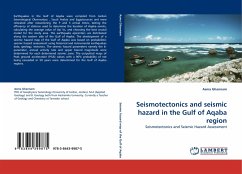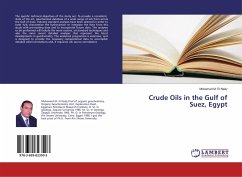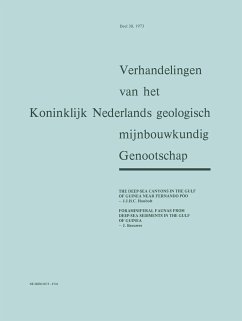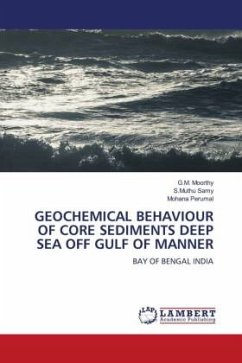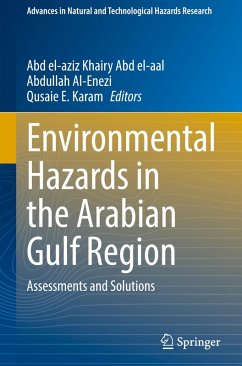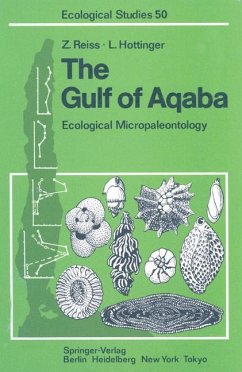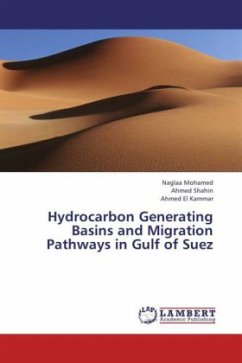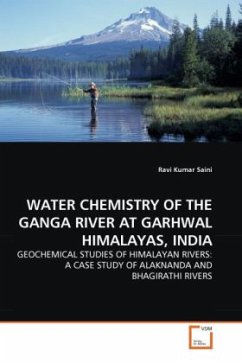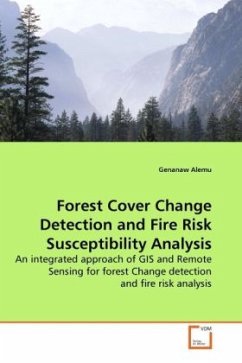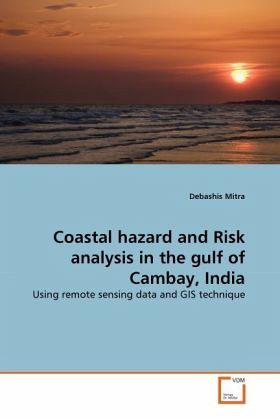
Coastal hazard and Risk analysis in the gulf of Cambay, India
Using remote sensing data and GIS technique
Versandkostenfrei!
Versandfertig in 6-10 Tagen
52,99 €
inkl. MwSt.

PAYBACK Punkte
26 °P sammeln!
The Gulf of Cambay, is a very dynamic coastal region situated on the western coast of India. It is an inlet of Arabian Sea. The strong tides, sediment laden currents and their interaction with the coastline of the Gulf of Cambay have been a matter of observations, not fully understood in terms of their causes and effects. The gulf comprises an area of high tides (upto 11 meters) and is characterized by domination of strong tidal currents. Satellite data, by virtue of its capability to provide information on temporal and spatial scales, enables understanding of the processes that operate in bri...
The Gulf of Cambay, is a very dynamic coastal region situated on the western coast of India. It is an inlet of Arabian Sea. The strong tides, sediment laden currents and their interaction with the coastline of the Gulf of Cambay have been a matter of observations, not fully understood in terms of their causes and effects. The gulf comprises an area of high tides (upto 11 meters) and is characterized by domination of strong tidal currents. Satellite data, by virtue of its capability to provide information on temporal and spatial scales, enables understanding of the processes that operate in bringing about a variety of erosional and depositional landforms. The present study reveals that multi-temporal satellite data provide valuable, rapid and accurate methods for the study of coastal landforms and their dynamic changes. Saltwater intrusion in the study area is a serious problem that needs to be addressed qualitatively as well as quantitatively. The areal increase of salt farm activities has been calculated from multi-date satellite data in a GIS platform. The region has been divided into various zones depending on vulnerability to saltwater intrusion using a model.




